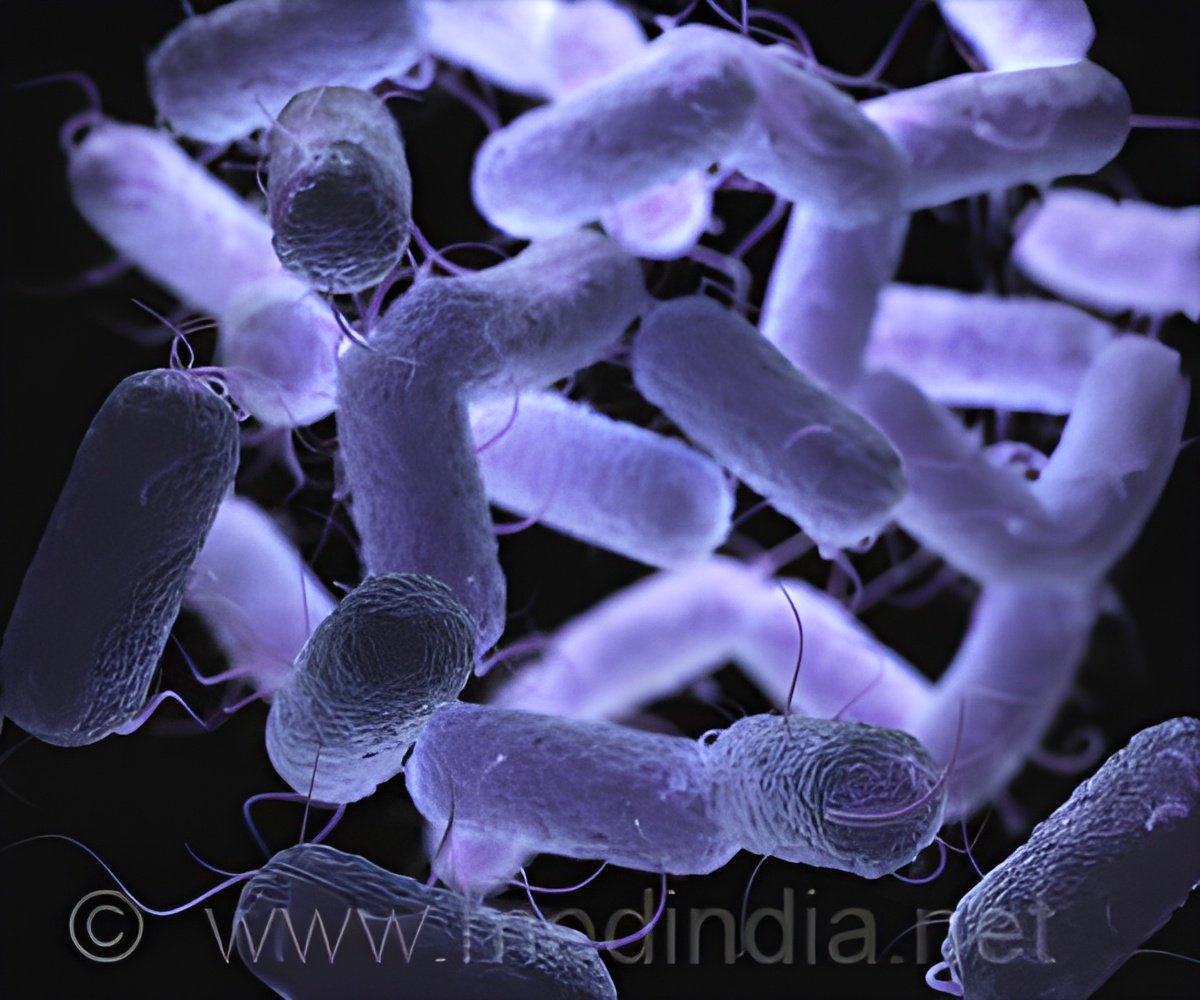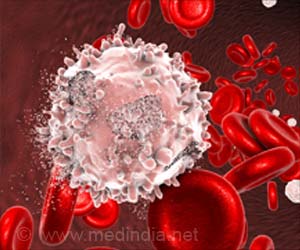A team of physicists from Immanuel Kant Baltic State University suggested a method to quickly identify single antibiotic-resistant bacteria cells that are the agents of tuberculosis.

‘Raman scattering spectrography is the new non-invasive method to quickly analyze bacterial cells and drug- resistant bacteria basing on laser radiation.’
Read More..




Tuberculosis remains one of the main causes of death in the world. According to the World Health Organization, over 1.5 mln people died of it in 2017. Each year the number of those infected with tuberculosis increases by ten mln. The disease caused by antibiotic-resistant strains of Mycobacterium tuberculosis is the most dangerous.Read More..
The strains of the Beijing family (named after the city they were first observed in) have also become resistant to many medicinal drugs. Methods of quick identification of drug-resistant bacteria are required both for clinical practice and scientific research.
A team of researchers from Immanuel Kant Baltic Federal University together with their colleagues from Saint-Petersburg State Research Institute of Phthisiopulmonology and Saint-Petersburg State University suggested using Raman scattering spectrography to quickly analyze bacterial cells.
This method helps identify the composition and structure of the studied material based on the scattering of laser radiation with certain wavelength by its sample. Spectroscopy is a non-invasive method, i.e. the material under study is not subject to any mechanical impact or destruction.
The study materials were provided by Saint-Petersburg State Research Institute of Phthisiopulmonology. The authors used bacterial strains obtained from lung expectorations of tuberculosis patients, as well as from bone tissue samples taken during surgeries. Before the experiments with Raman scattering spectrography the level of drug resistance of the bacteria was determined using standard biological and chemical methods.
Advertisement
The materials published by the authors included the images of strain bacterial cultures with different resistance to antibiotics and Raman spectrums typical for them. The information on bacteria from lungs and bone tissue was provided separately.
Advertisement
Source-Eurekalert









